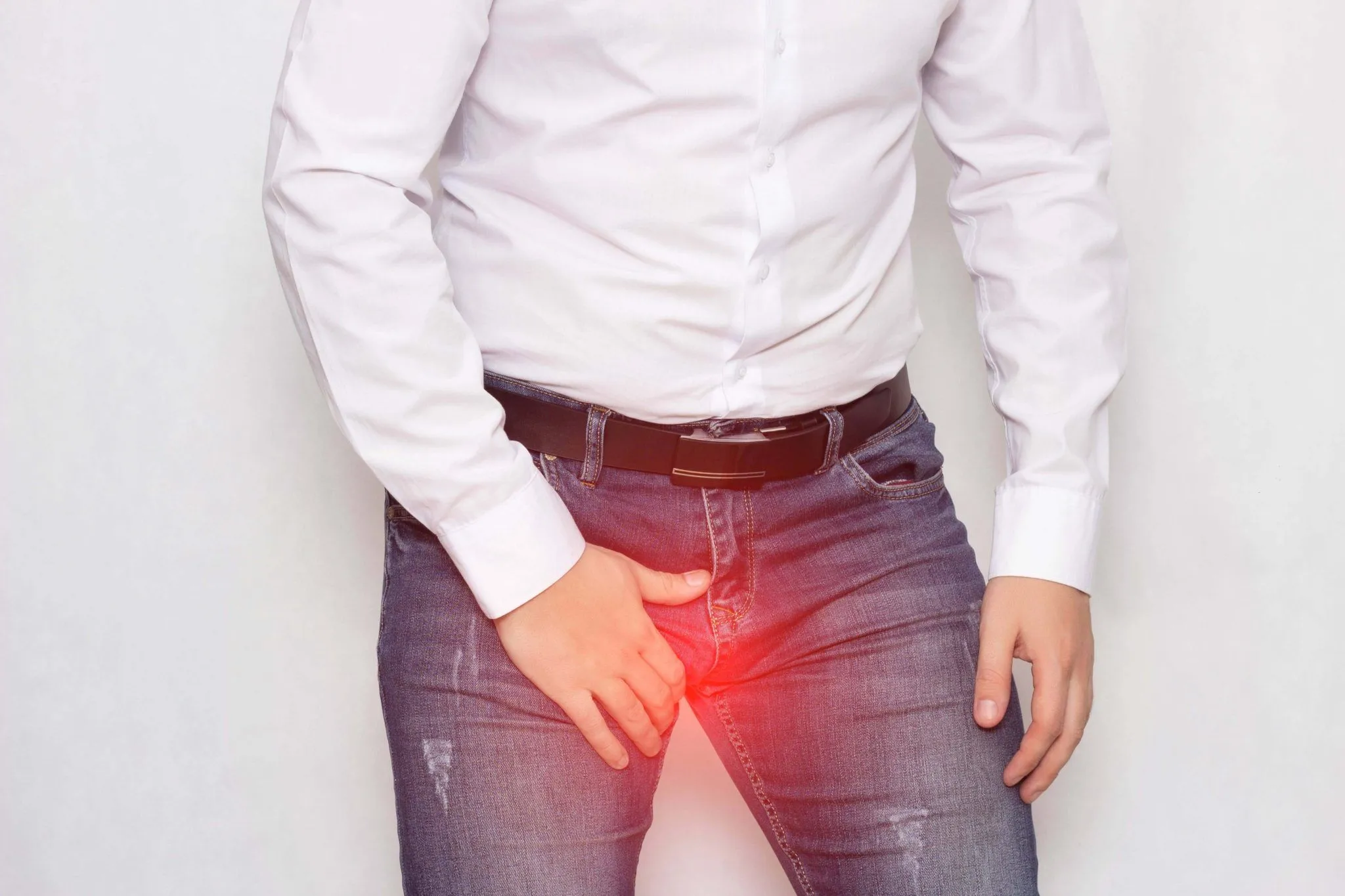What are the symptoms of posthitis?
Posthitis refers to inflammation of the foreskin (prepuce) of the penis. The symptoms of posthitis can vary depending on the severity and cause of the inflammation but generally include:
- Redness and Swelling: The foreskin may appear red, swollen, and irritated.
- Pain or Discomfort: There may be pain or discomfort, especially during urination or sexual activity.
- Itching or Burning Sensation: The affected area might itch or feel a burning sensation.
- Discharge: There can be a discharge from beneath the foreskin, which may be clear, cloudy, or pus-like.
- Difficulty Retracting the Foreskin: In severe cases, the foreskin may become tight and difficult to retract (phimosis), leading to issues with cleaning and potential secondary infections.
- Odor: There might be an unpleasant odor associated with the discharge or inflammation.
In some cases, posthitis can be caused by an underlying condition, such as an infection (bacterial, viral, or fungal), allergic reaction, or inflammatory skin condition, so identifying and addressing the underlying cause is crucial for effective treatment.
What are the causes of posthitis?
Posthitis, the inflammation of the foreskin (prepuce), can be caused by a variety of factors:
- Infections: Bacterial, viral, or fungal infections are common causes. For example:
- Bacterial Infections: Such as those caused by Staphylococcus or Streptococcus species.
- Fungal Infections: Such as Candida (yeast infections).
- Viral Infections: Including sexually transmitted infections (STIs) like herpes simplex virus (HSV) or human papillomavirus (HPV).
- Poor Hygiene: Inadequate cleaning of the foreskin can lead to the accumulation of smegma (a combination of dead skin cells, oils, and other substances), which can irritate and inflame the area.
- Allergic Reactions: Sensitivities or allergies to soaps, lotions, or other personal care products can cause irritation and inflammation of the foreskin.
- Inflammatory Conditions: Conditions such as psoriasis or eczema can affect the foreskin, leading to inflammation.
- Sexual Activity: Trauma or irritation from sexual activity or vigorous masturbation can lead to posthitis.
- Phimosis: A condition where the foreskin cannot be retracted fully over the glans penis, which can contribute to inflammation and infection.
- Autoimmune Disorders: Conditions where the immune system mistakenly attacks healthy tissue, such as lichen sclerosus.
- Chronic Conditions: Long-term conditions that affect the skin, like chronic dermatitis, can also cause inflammation of the foreskin.
How is the diagnosis of posthitis made?
Diagnosing posthitis involves gathering information through patient history, physical examination, and possibly laboratory tests. The healthcare provider will begin by asking about symptoms, their duration, potential triggers, and related factors like recent infections, sexual activity, hygiene practices, and personal care products.
A physical examination of the affected area is conducted to check for inflammation, redness, swelling, and discharge. The provider may also evaluate associated conditions like phimosis or balanitis.
Laboratory tests might be used to further investigate. Swab samples from discharge or lesions could be analyzed through microscopy, culture, and sensitivity testing to identify any bacterial, fungal, or viral infections. Urinalysis can help reveal underlying infections or abnormalities, while blood tests may be done to detect signs of systemic infection or other conditions.
If an allergic reaction is suspected, patch testing might be used to pinpoint potential allergens. In some cases, especially if the diagnosis is uncertain or a more serious condition is suspected, a skin biopsy may be performed to examine the tissue under a microscope. This comprehensive approach helps in accurately diagnosing posthitis and identifying its underlying cause for appropriate treatment.
What is the treatment for posthitis?
Treatment for posthitis depends on the underlying cause. Generally, it involves:
- Improving Hygiene: Ensuring proper genital hygiene is crucial. Regular washing with mild soap and water, avoiding harsh chemicals, and thoroughly drying the area can help.
- Topical Medications: If an infection is present, topical antibiotics or antifungal creams might be prescribed. Steroid creams may be used to reduce inflammation and discomfort.
- Antibiotics or Antifungals: For bacterial or fungal infections, oral antibiotics or antifungal medications may be necessary.
- Avoiding Irritants: Identifying and avoiding potential irritants such as certain soaps, detergents, or latex condoms can prevent further irritation.
- Addressing Underlying Conditions: Treatment may involve addressing related conditions like phimosis (tight foreskin) or balanitis (inflammation of the glans). In some cases, circumcision or other surgical interventions might be considered.
- Managing Allergic Reactions: If an allergy is identified, discontinuing the use of the offending substance and possibly using antihistamines or corticosteroids to manage symptoms might be necessary.
- Follow-Up Care: Regular follow-up with a healthcare provider ensures that the condition is improving and that any adjustments to the treatment plan are made as needed.
The specific treatment plan should be tailored to the individual based on the cause and severity of the posthitis.

Leave a Reply
You must be logged in to post a comment.